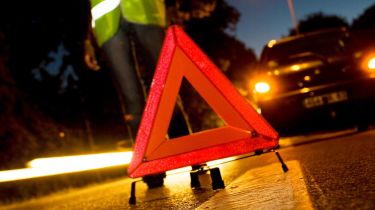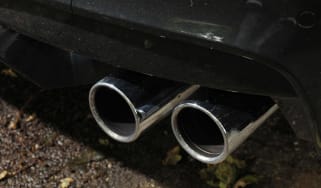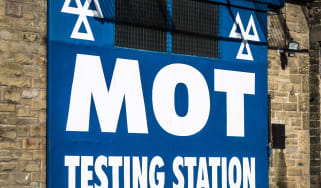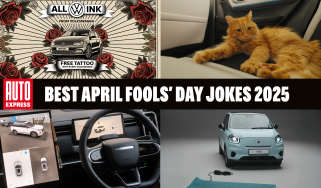New red warning light rules to save lives at breakdowns and roadside recoveries
Breakdown and tyre vans can now display red flashing lights in high-risk situations

Look out for more red flashing warning lights on the UK’s motorways and dual carriageways, as from this week operators are able to apply to the Vehicle Certification Agency (VCA) to use high-visibility red lamps previously exclusive to the emergency services.
The use of red lamps alongside the usual flashing ambers has been a campaigning issue for the breakdown industry for more than three decades, and is now being allowed following a consultation carried out by the former government. However, there are official Department for Transport guidelines around their use, which should only be in high-risk situations and when the reason for using them has been recorded by the operator following a so-called ‘dynamic risk assessment’ made at the scene of a breakdown.
According to guidance issued by the Institute of Vehicle Recovery and the National Tyre Distributors Association, whose members are now able to apply for temporary permits to use red lamps pending a permanent change in the law in 2024, the new hazard warnings may be used only when “necessary or desirable to warn motorists of the presence of breakdown, recovery or tyre technicians working on or near a live carriageway”.
The rules spell out that red lamps must never be used on a recovery vehicle while it is in motion, and thus permits will only be granted where vehicles are fitted with a functioning ‘interlock’ that permits activation only when stationary and automatically deactivates the lights at speeds greater than 5mph.
The RAC’s chief operations officer Dom Shorrocks called the rule change a landmark for the roadside assistance industry.
“Being able to use red flashing lamps will unequivocally improve the visibility of roadside workers and help save lives,” he said.
“There have been too many tragic collisions where lives have been lost involving stationary recovery vehicles at the sides of high-speed roads where more prominent red lights might have made a difference.”
Want the latest car news in your inbox? Sign up to the free Auto Express email newsletter...
Find a car with the experts








